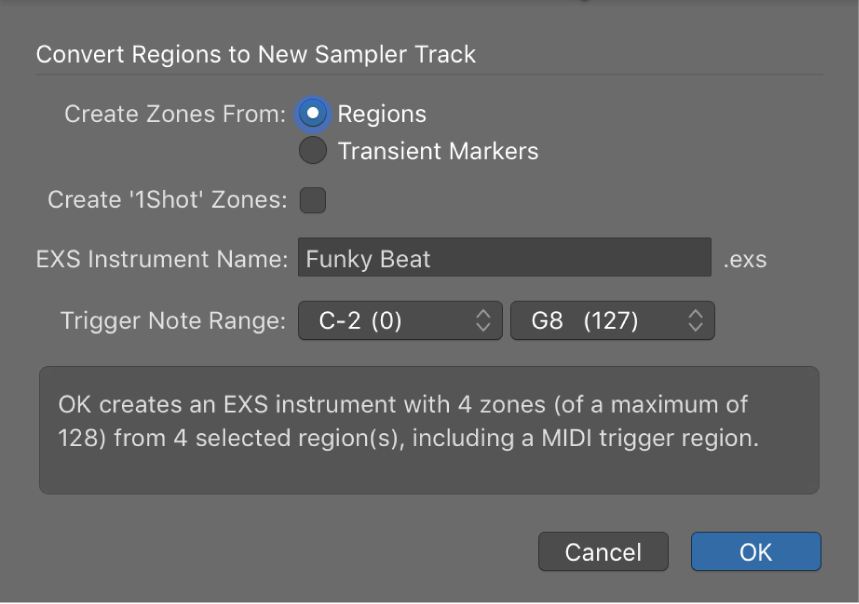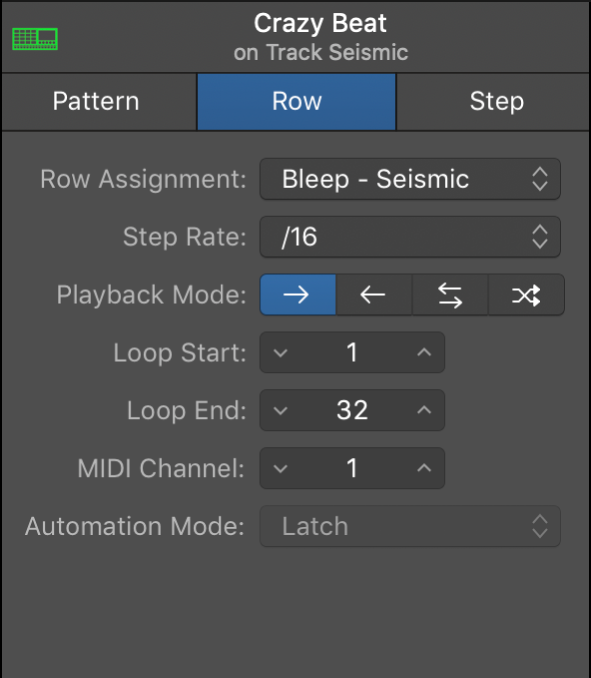Create Track Stack… ⇧⌘D
There are two kinds of track stacks — Summing (bus/aux) and Folder (VCA). Logic creates a track in the Arrangement area with the selected tracks included. All the tracks are routed to the same AUX channel, or controlled by the same VCA. It is a very convenient way to get AUX tracks and VCA tracks into the Arrangement area. Allows you to move the positions of the channels/VCA in the default mixer view.
I use track stacks (summing) all the time.
Nesting of track stacks is not possible. If you want a number of Summing stacks to be in a Folder stack you can’t do it. You can place all of the track stacks onto the same VCA, create a track for the VCA, and move the VCA track next to the summing stacks.
Create and edit Track Stacks in Logic Pro — Apple Support
You create a Track Stack by selecting (adjacent or nonadjacent) tracks in the Tracks area. Nonadjacent tracks move so that all tracks are grouped together in the Track Stack. Both types of Track Stacks can contain any combination of track types as subtracks. A folder stack can also include summing stacks as subtracks.

